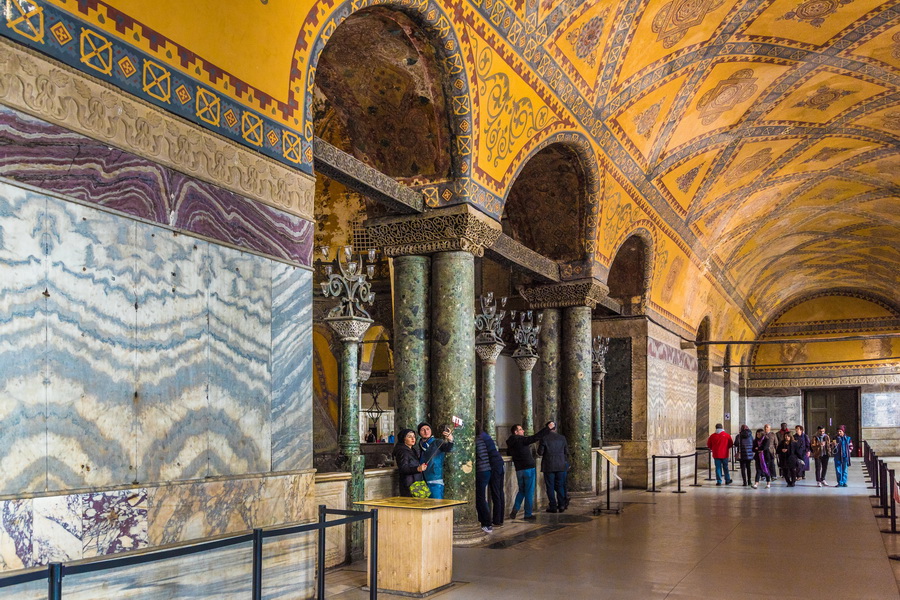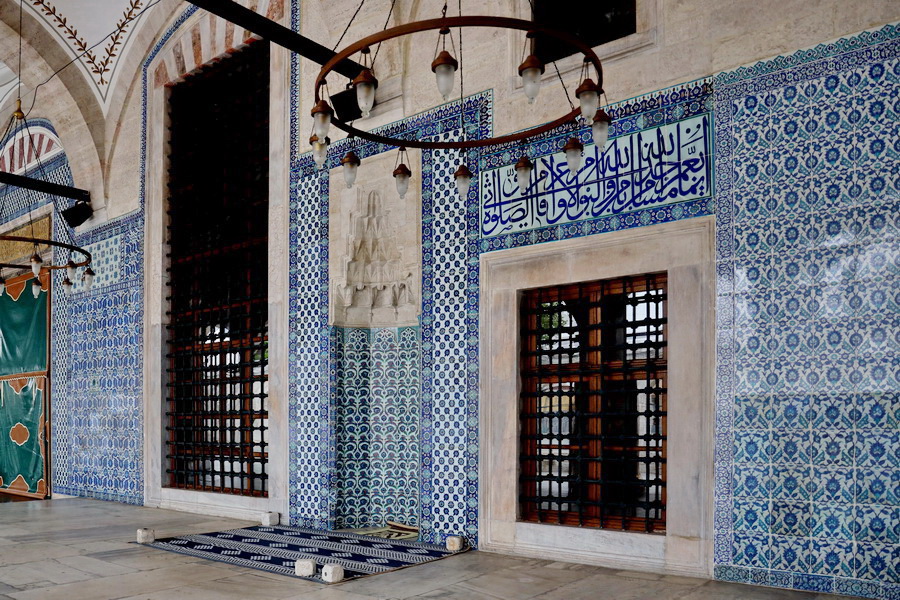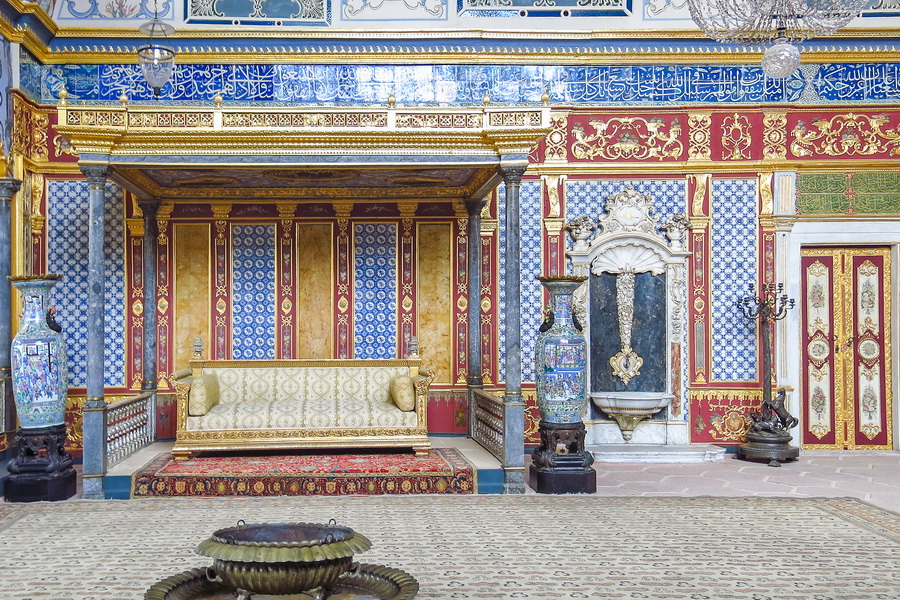Islamic Art & Architecture in Turkey

Istanbul’s mosques, numbering over 3,000, are the living chronicles of Turkey (Türkiye)'s religious evolution and artistic heritage. These sacred spaces, from grand domes adorned with Iznik tiles to modern minimalist designs, embody centuries of Islamic devotion and architectural mastery.
Icons like the Hagia Sophia (Ayasofya), originally a Byzantine cathedral, narrate Istanbul’s transformation from a Christian stronghold to the heart of the Ottoman Empire. Ottoman mosques, such as the Old Mosque (Eski Camii) in Edirne, often lavishly funded by patrons, reflected not only faith but also power, with intricate details such as calligraphy, hand-woven carpets, and the timeless echo of the muezzin’s call to prayer.
Islam’s artistic legacy shines in masterpieces like the Rüstem Pasha Mosque (Rüstem Paşa Camii), famed for its Iznik tile interiors. Today, these mosques remain hearts of community and faith, drawing visitors to explore Turkey’s rich religious history and the intersection of Islam with art and culture.

Patterns and grace define Turkish and Islamic art, where forms like mother-of-pearl inlays, ebru, illumination, gilding, calligraphy, and miniatures embody faith and creativity. Calligraphy adorns handwritten Quran, and stylised miniatures honour Allah (God) while diverting focus from human likeness. The Ottoman Empire embraced Byzantine influence, evident in the central domes of its magnificent mosques.
In Sufi poetry, immortalised by stars like Rumi and Yunus Emre, mysticism and Islamic values inspire generations with their themes of love and divine connection. Traditional music, characterised by ney flutes and oud strings, creates meditative rhythms that accompany sacred rituals.
The meddah, a one-man storyteller, was a cherished figure in Ottoman society, weaving tales of morality and humour in public squares and coffeehouses. Dance, particularly the Whirling Dervishes of the Mevlevi Order, translates devotion into a mesmerising physical expression of unity with Allah. Folk songs, rooted in Anatolia, preserve the joys and struggles of Turkish life while reflecting the influence of Islam.
At the heart of this heritage stands the Turkish and Islamic Art Museum (Türk ve İslam Eserleri Müzesi), the first in Turkey to unite these masterpieces under one roof. Originally housed in the imaret of the Süleymaniye Mosque Complex (Süleymaniye Camii) in 1914, the museum found a new home in the historic Ibrahim Pasha Palace (İbrahim Paşa Sarayı) in 1983. This 16th-century marvel, a gift from Suleiman the Magnificent to his grand vizier, now shelters treasures spanning from Umayyad to Ottoman periods.

Its renowned collection includes rare Seljuk carpets, delicate glassware, ornate ceramics, and sacred relics, rivalling Topkapı Palace (Topkapı Sarayı) displays. A section devoted to ethnography captures the essence of 19th-century Istanbul’s daily life, while the Holy Relics section offers glimpses into the spiritual world of Islam.

